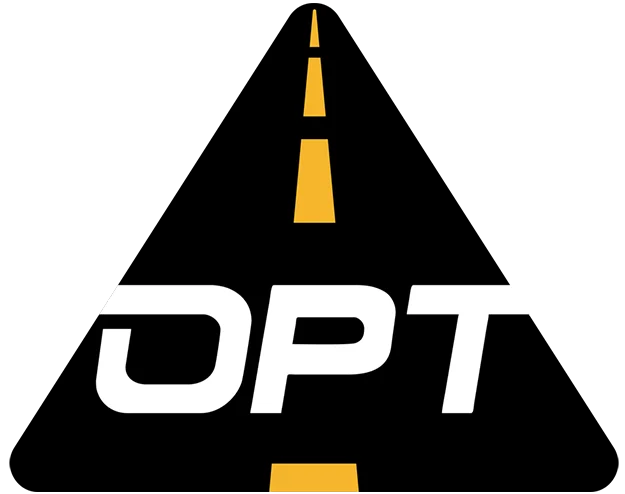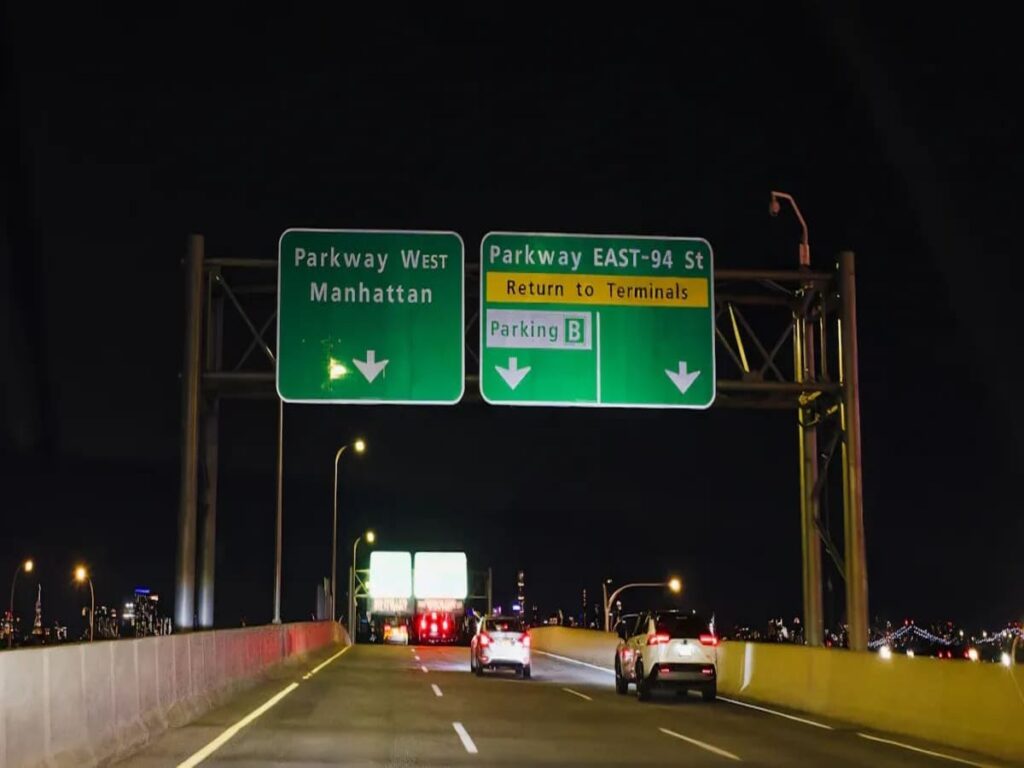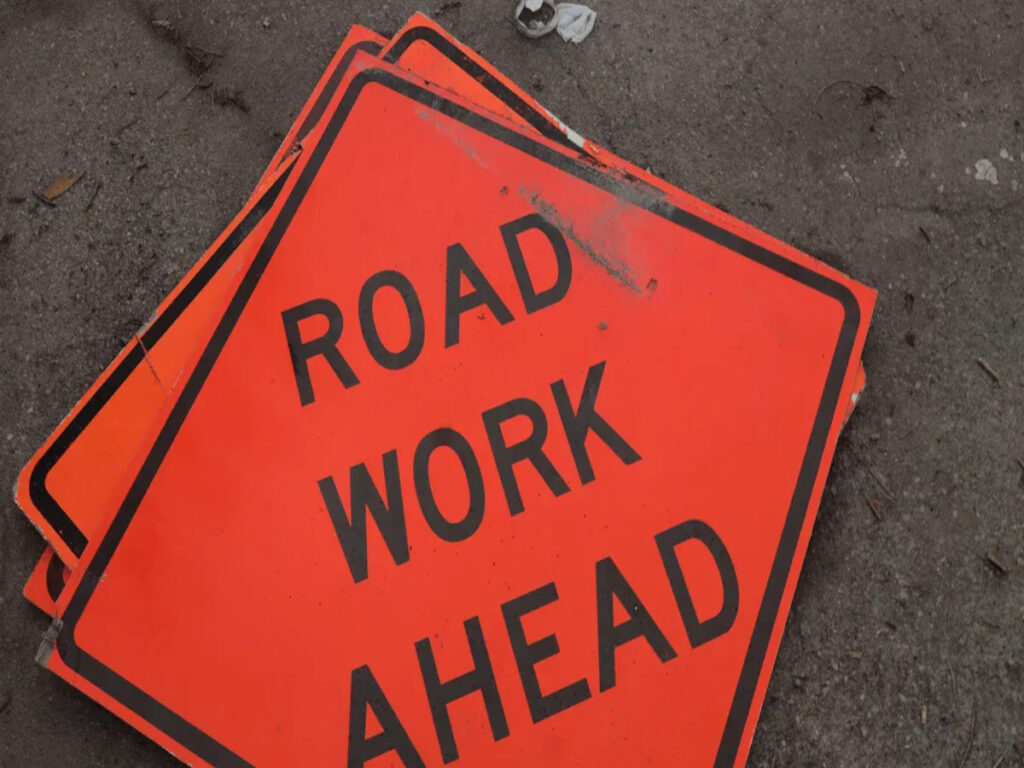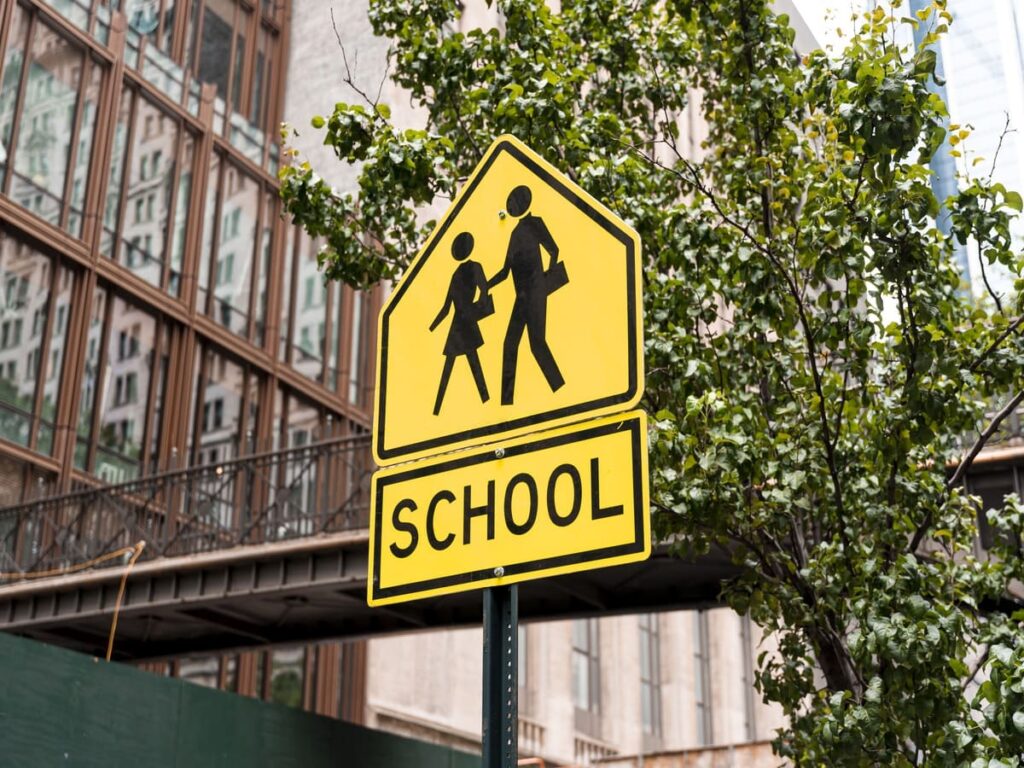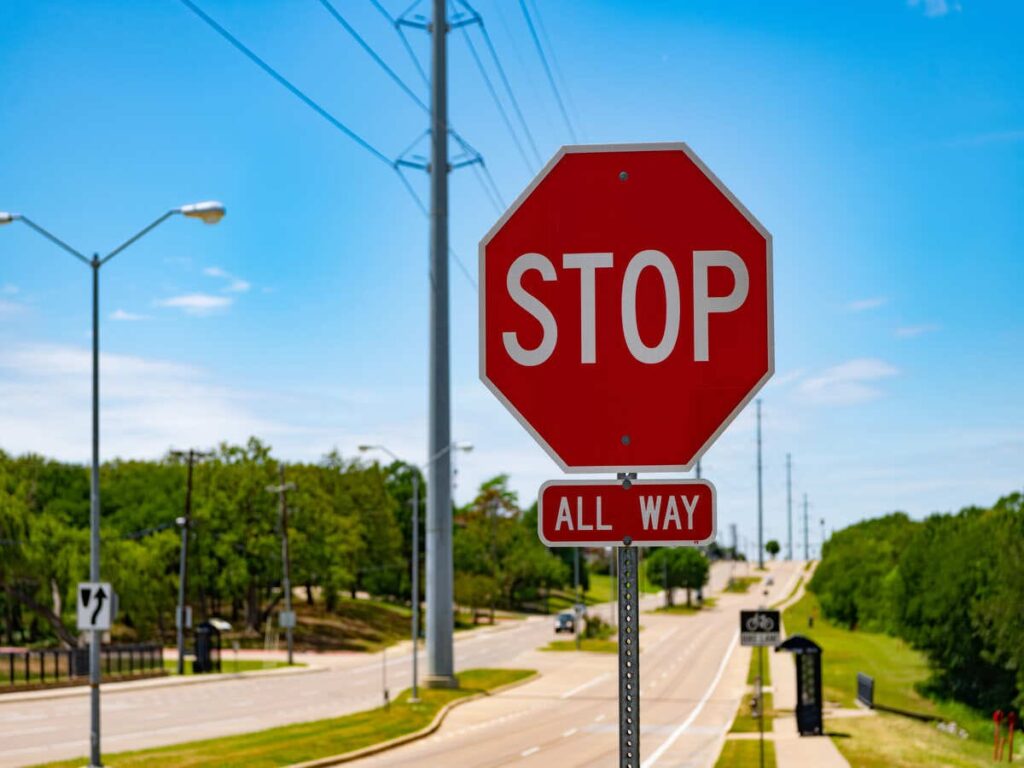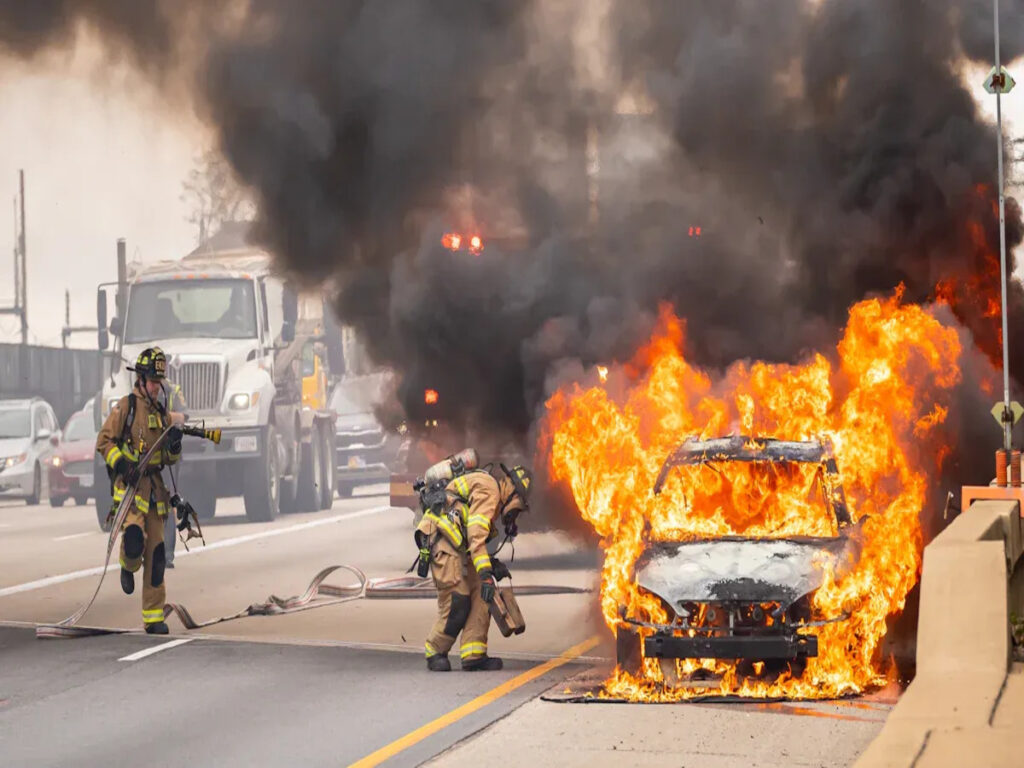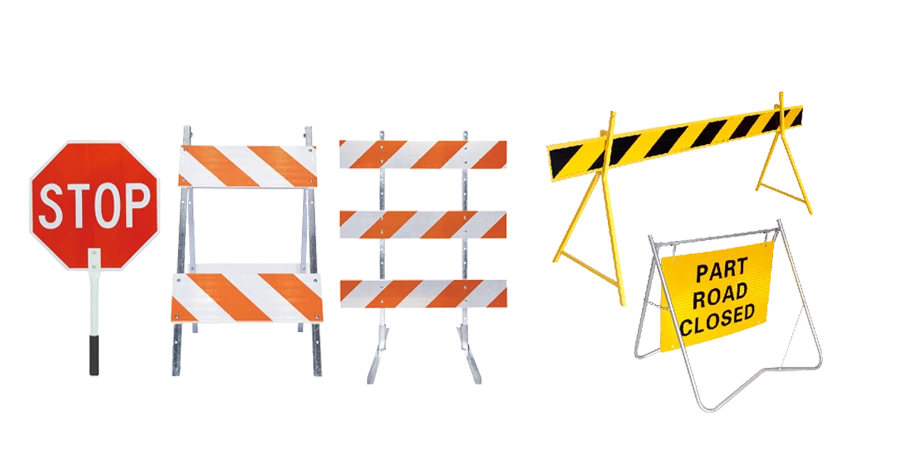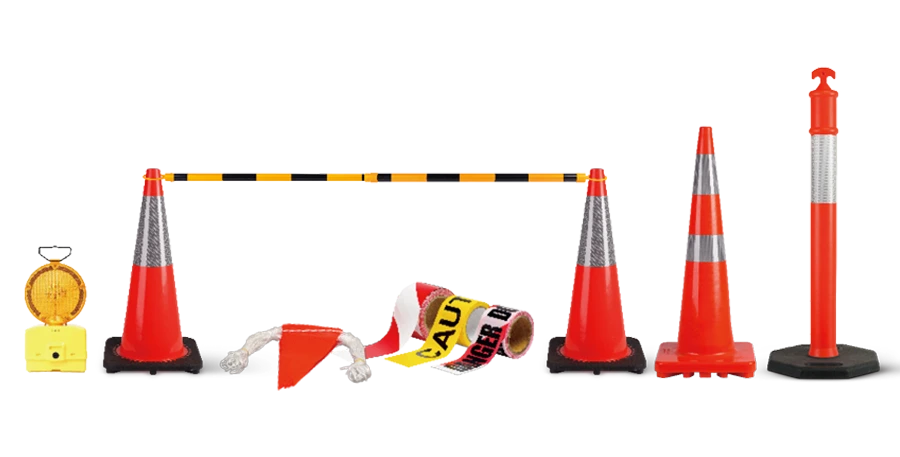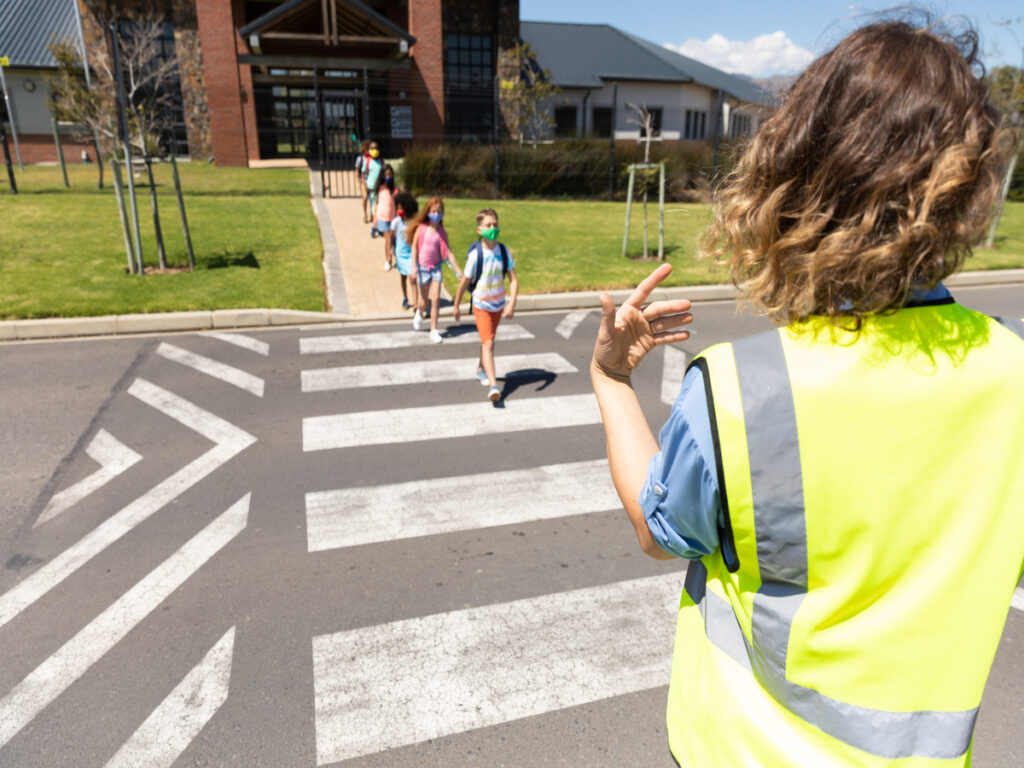
Hidden design safety delineators play a crucial role in guiding movement during campus shooting drills. These tools help prevent collisions by directing individuals safely and efficiently, even in high-stress situations. Unlike traditional safety measures, their discreet design blends seamlessly into campus environments, preserving aesthetics while enhancing security.
The need for such innovations has grown significantly. Over the past decade, incidents of campus shootings have increased, with 81 casualties reported in elementary and secondary schools in 2018 alone. This alarming trend underscores the importance of proactive safety solutions that prioritize both functionality and design.
The Importance of Safety Delineators in Campus Safety
Addressing the Rise of School Shootings
School shootings have become a pressing concern in the United States. You may find it alarming that the number of annual school shootings has risen from just 20 in 1970 to 251 in 2021. This increase highlights the urgent need for effective safety countermeasures. Statistics reveal that 70.8% of these incidents result in deaths or injuries, with high schools being the most common locations. Additionally, 61% of recorded shootings occur at these institutions.
The locations of these tragic events also vary. Parking lots account for 28.3% of incidents, while 20.4% happen near school entrances. Inside the school building, 12.5% of shootings take place. These figures emphasize the importance of creating safer environments both inside and outside educational facilities. By implementing tools like safety delineators, you can help guide movement and reduce risks during emergencies.
Challenges in Emergency Evacuations
During emergencies, chaos often leads to confusion and accidents. High-stress situations, such as active shooter drills, can cause panic. This panic disrupts movement and increases the likelihood of collisions or injuries. You might notice that crowded hallways and unclear evacuation routes further complicate the process.
In such scenarios, driver behavior on campus roads can also pose risks. Vehicles rushing to exit the premises may lead to crashes, endangering both drivers and pedestrians. Addressing these challenges requires well-planned safety countermeasures that ensure smooth and safe evacuations.
The Role of Safety Delineators in Emergency Preparedness
Safety delineators play a vital role in preparing for emergencies. These tools help direct individuals toward safe zones, reducing confusion and preventing collisions. Hidden design safety delineators, in particular, offer a discreet yet effective solution. They guide movement without disrupting the campus’s aesthetic appeal.
By strategically placing these safety delineators, you can create clear pathways for evacuation. This approach minimizes the risk of accidents and ensures a more organized response during drills or real emergencies. Incorporating such measures enhances road safety and overall campus security.
Understanding Safety Delineators
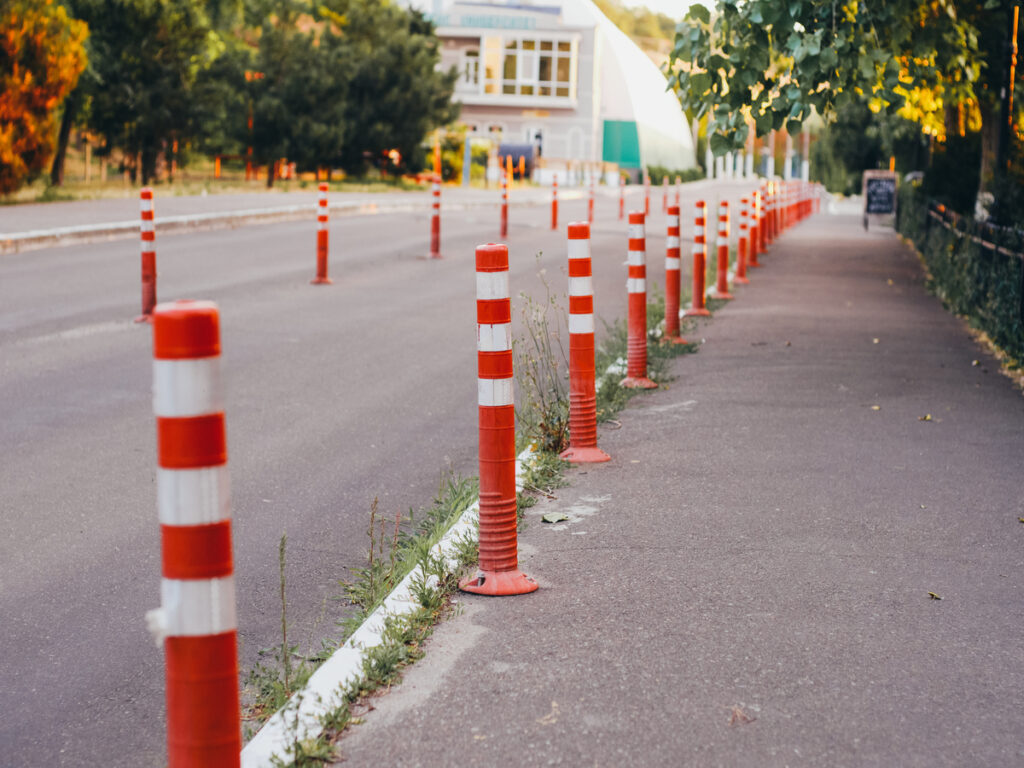
What Are Safety Delineators?
Safety delineators are essential tools for managing movement and ensuring safety in various environments. You can think of them as visual guides that help direct traffic, prevent accidents, and streamline flow in high-risk areas. These devices often feature reflective elements, making them visible even in low-light conditions. Their strategic placement in areas like intersections or construction zones enhances their effectiveness.
Delineators also act as barriers, preventing lane departures and collisions. Flexible posts, for example, absorb impact during minor collisions, reducing damage and injuries. By guiding vehicles and pedestrians through hazardous areas, these tools play a critical role in maintaining order and safety.
OPTsigns safety delineators are built to offer the highest level of durability and performance. Designed to meet the needs of various traffic control applications, they provide effective solutions for both temporary and permanent installations, ensuring safety across all environments.
Types of Safety Delineators
Safety delineators come in various forms, each designed for specific purposes. Here’s a quick overview:
| Type of Delineator | Description and Use |
|---|---|
| Plastic Delineators | Versatile devices for temporary traffic control and lane separation. |
| Channelizer Cone | Ideal for guiding vehicles in construction zones; made from polyethylene for flexibility and visibility. |
| T-Top Bollards | Used for separating traffic lanes; sturdy and visible, made from polycarbonate. |
| Safety Drums | Designed for high-risk areas; large and bright for visibility, made from durable polyethylene. |
| Reflective Delineators | Improve visibility in low-light conditions; equipped with reflective features. |
| Corner Cube Delineators | Reflect light from multiple angles; effective in complex road layouts. |
| Flexible Post Delineators | Withstand high traffic impact; suitable for heavy vehicle movement. |
| Flexy Warning Post | Flexible and strong; complies with safety standards for traffic control. |
| Warning Posts | Absorb impact during collisions; ideal for high-risk areas. |
| Poly Flex Posts | Durable and flexible; suitable for changing road conditions. |
| Vertical Panels | Guide traffic through narrow roadways; reflective surfaces for visibility. |
Each type serves a unique purpose, ensuring safety in diverse scenarios.
Hidden Design vs. Traditional Delineators
Hidden design safety delineators differ significantly from traditional ones. Traditional safety delineators often stand out visually, which can disrupt the aesthetics of sensitive environments like campuses. In contrast, hidden designs blend seamlessly into their surroundings. You’ll find that these designs maintain effectiveness while minimizing distractions.
Hidden safety delineators also excel in emergencies. Their discreet placement ensures they remain functional without obstructing movement. This makes them ideal for guiding individuals during high-stress situations, such as campus shooting drills. By combining functionality with subtlety, hidden designs offer a superior solution for environments requiring both safety and aesthetics.
Hidden Design Safety Delineators in Collision Prevention
Why Hidden Designs Are Effective
Hidden design safety delineators offer a unique advantage in emergency situations. Their discreet placement ensures they do not disrupt the natural flow of campus life. You might notice that traditional safety tools often stand out, which can create unnecessary distractions. Hidden designs, however, blend seamlessly into their surroundings while maintaining full functionality.
These safety delineators enhance visibility during emergencies without being intrusive. For example, reflective elements in their design ensure they remain noticeable even in low-light conditions. This feature makes them highly effective in guiding movement during chaotic situations. Hidden designs provide a balanced approach to safety countermeasures by combining subtlety with practicality.
Guiding Movement During Emergencies
During emergencies, clear guidance is essential. Hidden design safety delineators excel at directing individuals toward safe zones. Their strategic placement ensures that people can follow designated paths without confusion. You can rely on these tools to create order in high-stress scenarios, such as active shooter drills.
These safety delineators also help manage driver behavior on campus roads. For instance, they can guide vehicles away from crowded areas, reducing the risk of a crash. By providing clear visual cues, they ensure smooth movement for both pedestrians and drivers. This level of organization significantly improves overall safety during evacuations.
Preventing Collisions in High-Stress Situations
High-stress situations often lead to panic, which increases the likelihood of collisions. Hidden design safety delineators play a crucial role in minimizing these risks. You’ll find that their ability to create clear pathways helps prevent accidents in crowded spaces. This is particularly important during drills or real emergencies when every second counts.
These traffic safety delineators also enhance safety by improving visibility. Their reflective features ensure they remain effective even in challenging conditions. By reducing confusion and guiding movement, they act as a vital safety countermeasure. This proactive approach helps protect individuals and ensures a safer campus environment.
Implementing Hidden Design Safety Delineators on Campuses
Strategic Placement and Planning
Strategic placement is essential for the effectiveness of hidden design safety delineators. You should focus on areas with high foot traffic, such as hallways, entrances, and parking lots. These locations often become chaotic during emergencies, making clear guidance crucial. Placing delineators near stairwells and exits can help direct people toward safe zones quickly.
You can also use these tools to manage driver behavior on campus roads. For example, traffic delineators placed along drop-off zones or parking lot exits can guide vehicles safely, reducing the risk of a crash. Collaborating with safety experts ensures that the placement aligns with evacuation plans and campus layouts. This approach maximizes the impact of these safety countermeasures.
Balancing Safety and Aesthetics
Maintaining a balance between safety and aesthetics is vital for educational institutions. Hidden design safety delineators achieve this by blending seamlessly into their surroundings. You can enhance campus safety without compromising its visual appeal.
To achieve this balance, consider these strategies:
- Ensure safety through secure entry points and clear visibility.
- Incorporate natural lighting and outdoor connections to create an inviting atmosphere.
- Use ergonomic furniture to enhance both functionality and comfort.
These measures allow you to prioritize safety while preserving the campus’s welcoming environment. Hidden delineators, with their subtle design, complement these efforts by providing discreet yet effective safety countermeasures.
Maintenance and Continuous Improvement
Regular maintenance ensures that safety delineators remain functional and effective. You should inspect them periodically to check for wear and tear, especially in high-traffic areas. Replacing damaged delineators promptly prevents disruptions during emergencies.
Continuous improvement is equally important. Gathering feedback from students and staff after drills can help you identify areas for enhancement. For instance, you might discover that certain pathways require additional delineators for better guidance. Staying proactive in maintaining and upgrading these tools ensures that your campus remains prepared for evolving safety challenges.
Future Implications and Recommendations
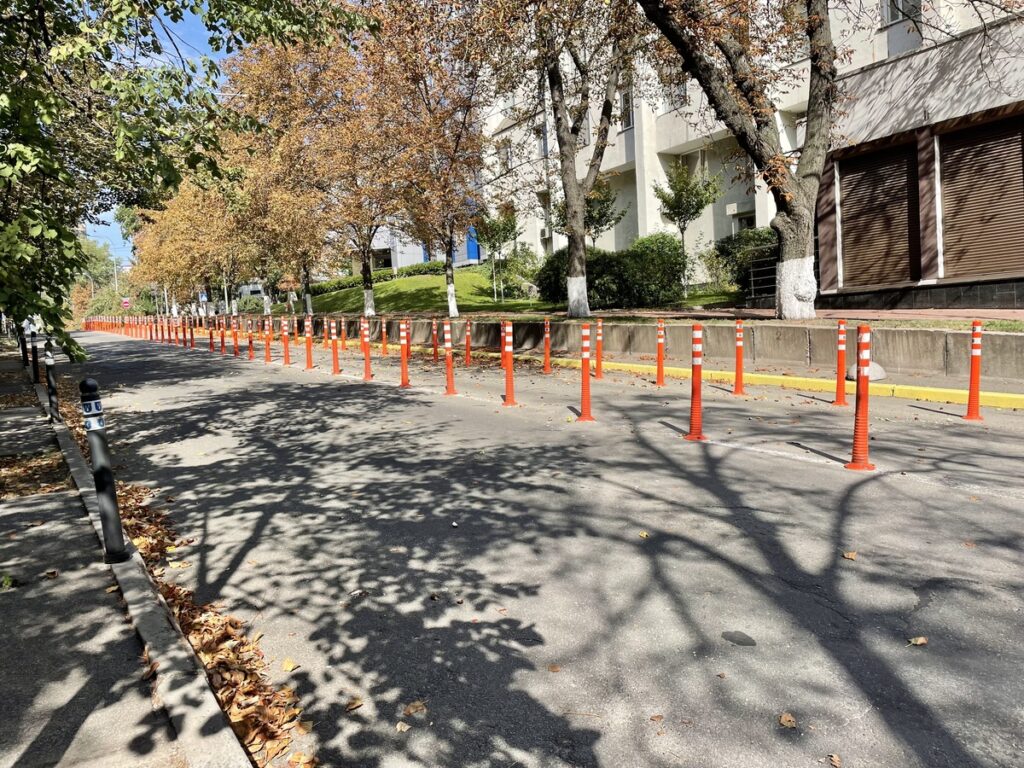
Innovations in Safety Delineator Design
You can expect future safety delineators to incorporate advanced technologies for enhanced functionality. For example, smart delineators equipped with sensors could detect crowd density and adjust their visibility accordingly. These innovations would improve guidance during emergencies. Additionally, integrating LED lighting into safety delineators can enhance visibility in low-light conditions, ensuring safer evacuations.
Another promising development involves the use of eco-friendly materials. Manufacturers are exploring sustainable options to reduce environmental impact. These materials maintain durability while aligning with green initiatives. By adopting such innovations, campuses can enhance safety countermeasures while supporting sustainability goals.
Collaboration Between Schools and Safety Experts
Collaboration with safety experts strengthens campus safety protocols. You can benefit from shared resources and expertise provided by law enforcement. These resources include threat assessments and emergency planning tools. Regular communication with experts also helps identify risks early, allowing you to implement preventive measures proactively.
During emergencies, integrated response coordination becomes crucial. Working closely with safety professionals ensures effective communication and streamlined efforts. This collaboration minimizes confusion and enhances the overall response. By fostering these partnerships, schools can create a safer environment for students and staff.
Adapting to Evolving Safety Challenges
Emerging challenges require schools to adapt their safety strategies. Mental health issues have become a significant obstacle, with 60% of schools identifying them as their top concern. Post-COVID, 78% of institutions report an increase in student mental health needs. However, fewer than 25% feel equipped to address these challenges effectively.
| Key Findings | Percentage |
|---|---|
| Mental health issues as the number one safety obstacle | 60% |
| Increase in student mental health needs post-COVID | 78% |
| Respondents feeling equipped to help with mental health needs | <25% |
Addressing these challenges involves integrating mental health support into safety countermeasures. Providing training for staff and creating supportive environments can help mitigate risks. By staying proactive, you can ensure your campus remains prepared for both current and future safety concerns.
Hidden design safety delineators play a critical role in creating safer campuses. You can rely on these tools to guide movement during emergencies while preserving the aesthetic appeal of your institution. Their ability to prevent collisions and reduce chaos makes them an essential part of modern safety protocols.
Tip: Collaborate with safety experts to ensure proper placement and functionality of these delineators.
Adopting these measures enhances emergency preparedness and demonstrates a commitment to student and staff safety. By embracing innovation and fostering partnerships, you can stay ahead of evolving safety challenges and create a secure learning environment.
FAQ
What are hidden design safety delineators?
Hidden design safety delineators are tools that guide movement during emergencies. They blend into their surroundings, maintaining campus aesthetics while ensuring safety. These delineators use reflective materials and strategic placement to provide clear pathways without being intrusive.
How do hidden design safety delineators prevent collisions?
These delineators create clear, visible pathways that reduce confusion during emergencies. Their reflective features improve visibility, even in low light. By guiding movement and organizing evacuation routes, they help prevent accidents in crowded or chaotic situations.
Where should hidden design safety delineators be placed on a campus?
You should place them in high-traffic areas like hallways, entrances, parking lots, and stairwells. These locations often become chaotic during emergencies. Strategic placement ensures smooth movement and directs individuals toward safe zones effectively.
Are hidden design safety delineators suitable for all campuses?
Yes, they work well for all campuses. Their discreet design ensures they fit into any environment without disrupting aesthetics. Whether your campus is large or small, these delineators enhance safety and emergency preparedness.
How can schools maintain hidden design safety delineators?
Regular inspections are essential. Check for wear and tear, especially in high-traffic areas. Replace damaged delineators promptly. Gather feedback from students and staff after drills to identify areas needing improvement. This ensures the delineators remain effective and reliable.
Tip: Collaborate with safety experts to optimize placement and maintenance of delineators.
